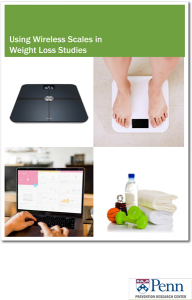Making progress in the area of food insecurity & nutrition environments
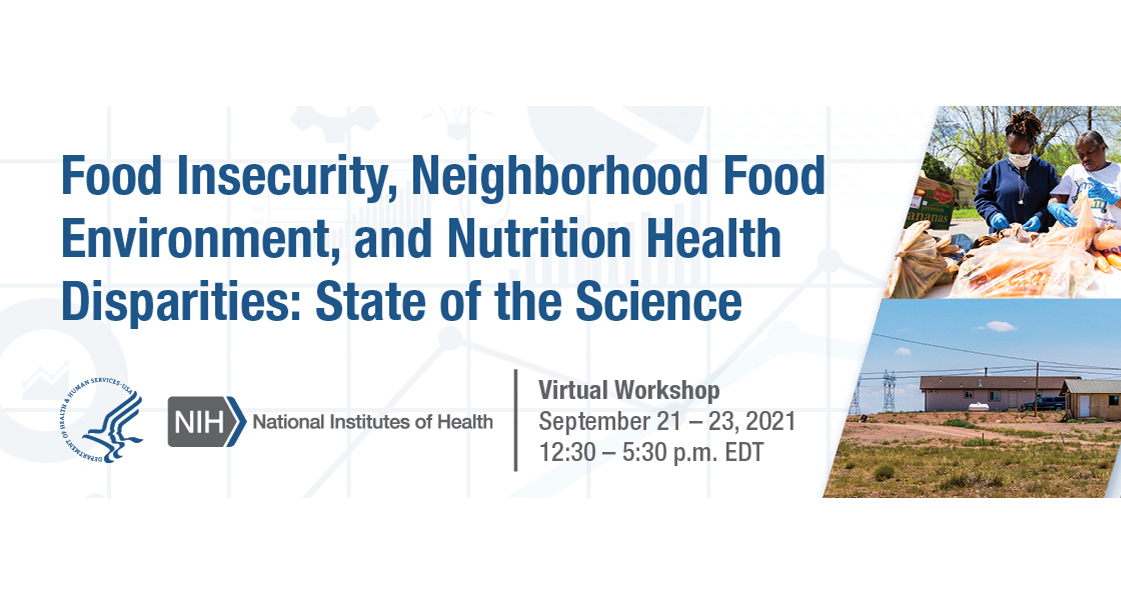
On Tuesday, September 21, 2021, UPenn PRC director, Karen Glanz, PhD, MPH, co-chaired an NIH (trans-NIH) workshop called Food Insecurity, Neighborhood Food Environment, and Nutrition Health Disparities: State of the Science. It was presented virtually for three days, and had over 3,500 registered participants. There were nine sessions, including lively panel discussions. These discussions gave the speakers an opportunity to address attendees’ questions.
Angela Odoms-Young, PhD, also co-chaired the event. Dr. Odoms-Young is an Associate Professor, in the Division of Nutritional Sciences, College of Human Ecology/College of Agriculture and Life Sciences, at Cornell University.
All live content is available for viewing until September 2022

The Labroots event portal.
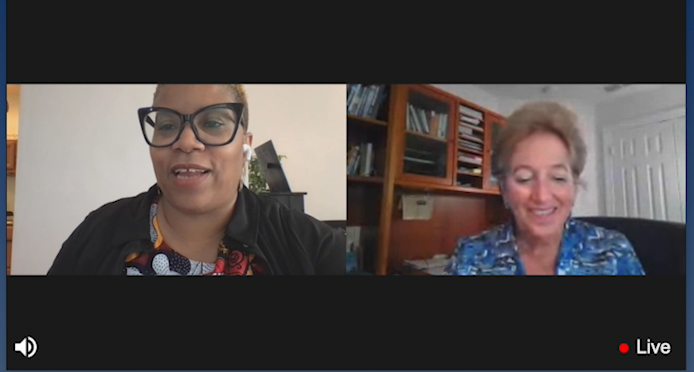
Angela Odoms-Young, PhD and Karen Glanz, PhD, MPH, co-chairs and moderators of the workshop.

Overview
Participants viewed three days of presentations and panel discussions. On Day 3, Dr. Glanz shared key takeaways with the following observations.
First, “health equity is defined as the absence of unfair and avoidable or remediable differences in health among population groups defined socially, economically, demographically or geographically.”
Health equity means increasing opportunities for everyone to live the healthiest life possible, no matter who we are, where we live, or how much money we make. (RWJF)
In addition, relationships between walkability & activity inequality hold within cities in the USA of similar income, meaning, walkable environments lead to lower activity inequality.
Dr. Glanz believes that to make significant progress in the area of food insecurity & nutrition environments we need the following:
- Innovation & flexibility
- Collaboration & coordination
- Balance internal & external validity
- Address supply AND demand
- Study individual & aggregate effects
- Always think about people in need
Lastly, increasing the fluidity between research, policy and practice at the Federal level, such as the NIH, USDA, CDC, and other agencies. State and local levels can address nutrition, health, housing, safety, and economic development.
We can create equity by incentivizing collaboration, not competition, such as the Gates Foundation global initiatives.
In Conclusion
Dr. Glanz closed her summary with two encouraging quotes.
…Science and technology are powerful tools, but we must decide how best to use them. Perhaps the most important point is to ensure that science never becomes divorced from the basic human feeling of empathy with our fellow beings.
Work hard,
Work smart,
And always have fun
You can see an agenda of the event here. Attendee and presenter comments, including highlights from the presentations can be seen by clicking the #NIHNutrtionEquity hashtag in Twitter. The video captured of the 3-day event will be available on October 7, 2021.

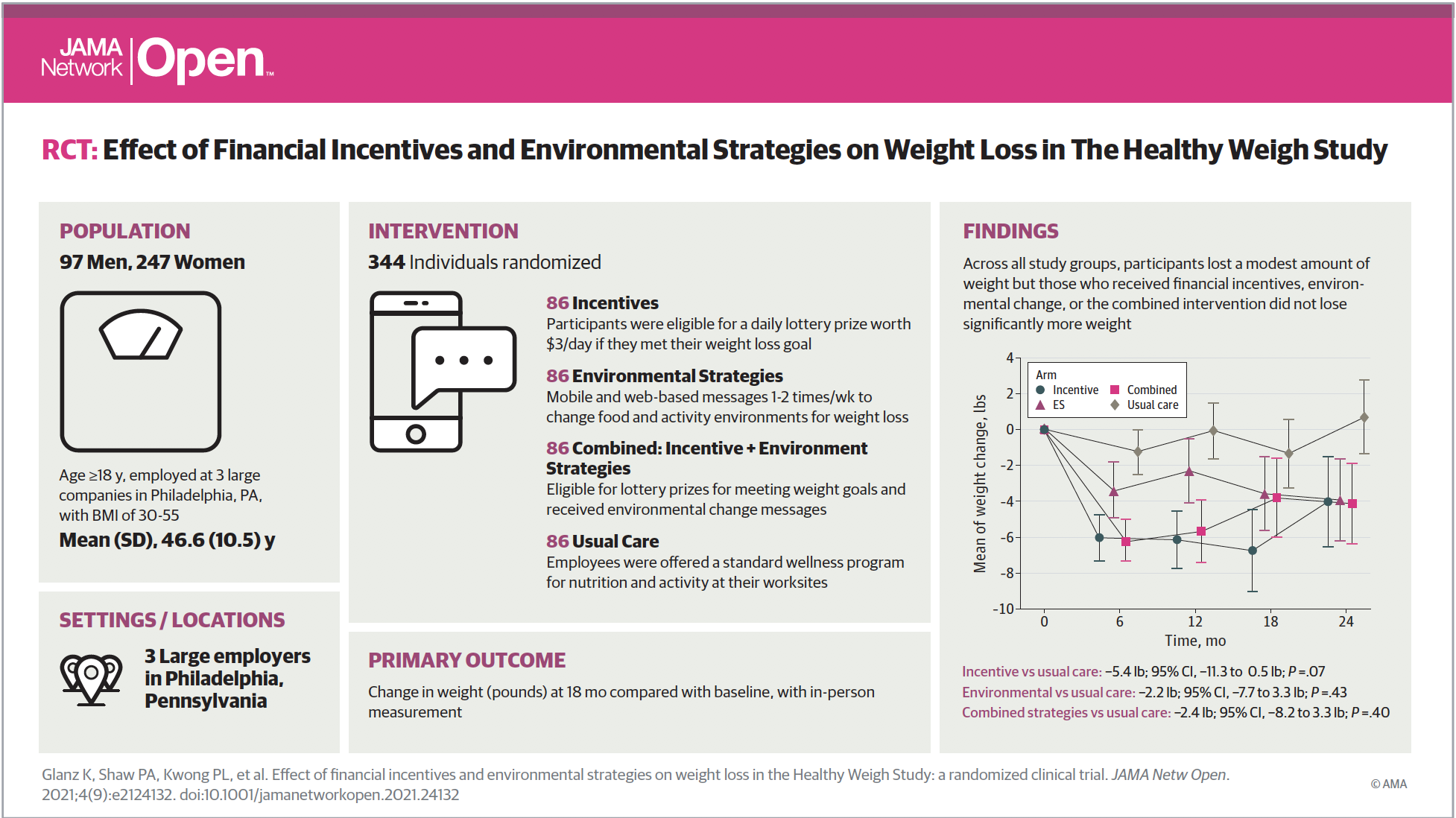



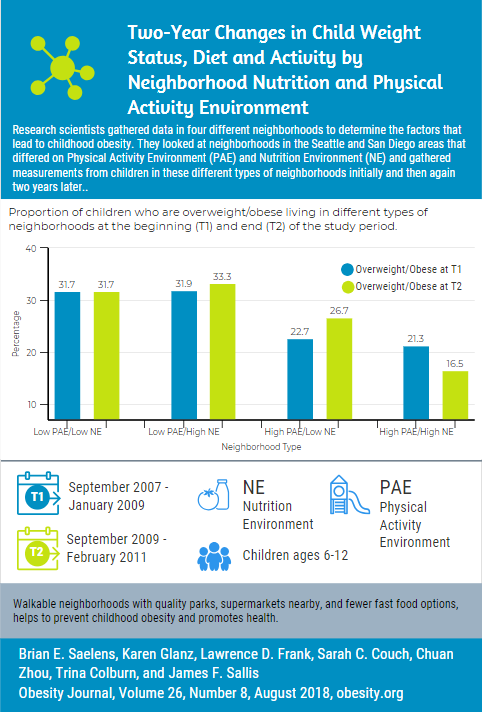
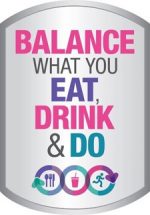


 UPenn PRC Director
UPenn PRC Director 